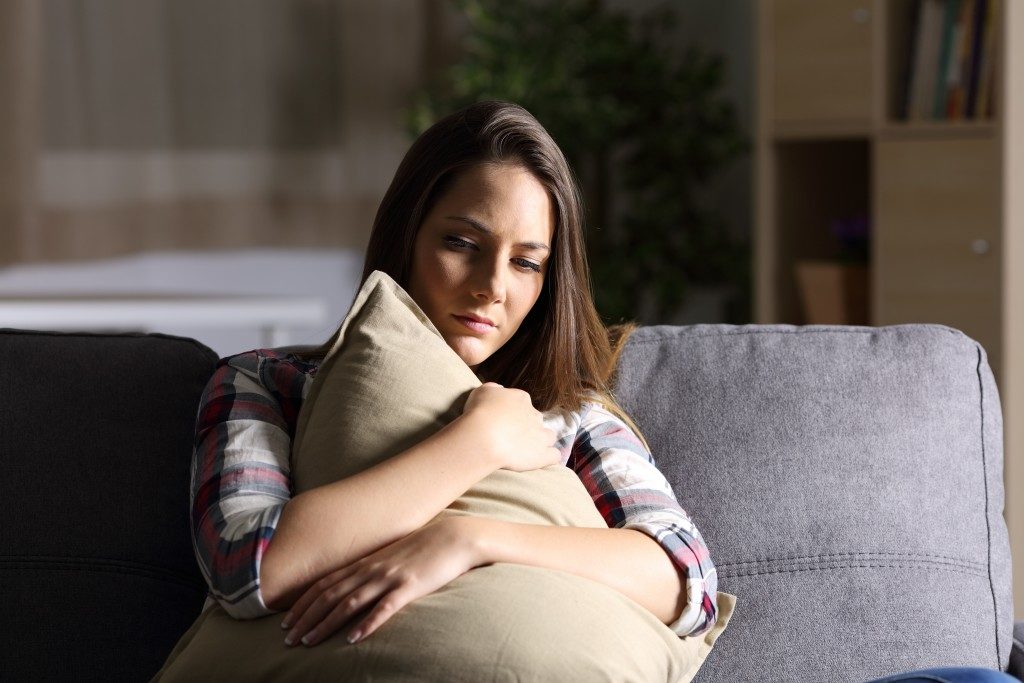Anxiety is the most common mental health condition in Australia. According to Beyond Blue, a non-profit organisation that provides information and support on mental health, over 2 million Australians suffer from a form of anxiety in any one year.
People have become more open to admitting they suffer from anxiety. Some of them include former Miss Universe Australia Jesinta Franklin, actress Leah Purcell and former Prime Minister Julia Gillard. However, there are still widely believed misconceptions about this mental health condition that prevents people from seeking help from counsellors.
Anxiety and stress are the same
Anxiety is often confused with the word “stress.” Dictionaries define both words to denote nervousness and worry about a situation that is happening or will happen. Stress and anxiety also have the same symptoms – uneasiness, tension, headaches and loss of sleep, among others.
Their difference, though, lies in their origins. Mental Health First Aid states that stress is a response to external factors, such as an impending deadline, that subsides once the situation has been solved. Anxiety is a specific reaction to stress and manifests even in situations that are not threatening, such as the idea of going to a party. In more severe cases, anxiety could turn into a disorder that could hinder someone in going about their daily activities.
Anxiety is a sign of weakness
Awareness of the seriousness of anxiety has been a recent development. This has meant that even now, anxiety is sometimes dismissed as a trivial matter or worse, an inflation of a non-serious condition.
However, anxiety is a serious condition for those who suffer from it. When left untreated, anxious feelings won’t go away and might worsen over time. These could affect life significantly and make it hard for people with anxiety disorders to work or interact with others. An untreated anxiety disorder could also lead to worse mental illnesses like depression.
Panic attacks are overreactions
Implying that panic attacks are overreactions would suggest that a person has control over his or her symptoms and is choosing to inflate their sense of illness. However, palpitations, shortness of breath and chest pain are involuntary bodily reactions to both external and internal cues, of which the person has little to no control over. To an extent, these anxiety attacks can be managed when they strike, but what prompts an attack is difficult to pin and often beyond the control of the person suffering anxiety.
Medication is the only solution for anxiety
While medication helps treat anxiety, it is not the only solution, and it is certainly not a cure for everybody. Just like there’s not a one-size-fits-all diet for everyone, there’s not one solution that would treat anxiety for different kinds of people.
Aside from medication, cognitive-behavioural therapy is another way to help people manage their anxiety. Counsellors help patients identify their worries and confront situations that trigger their anxiety and these are just some of the methods employed to treat patients. In cases when a patient cannot participate in CBT because of heavy bouts of anxiety, the psychiatrist may prescribe medication to facilitate treatment.
Avoiding stressful situations eases anxiety

When something or someone causes anxiety, a common response would be to avoid them. However, this solution isn’t effective in the long run. For example, when social gatherings cause someone to be anxious, avoiding them would hinder his or her ability to meet and interact with people. Overall, avoidance might reinforce anxiety disorder.
Effective anxiety treatment involves slowly and safely exposing someone to his or her source of anxiety. That way, the person can learn to cope with the source, and not run away from it.
The misconceptions surrounding anxiety and other mental illnesses prevent people from getting the help they need. Raising awareness and debunking common misconceptions could be instrumental in helping people with anxiety manage their illness and go about their daily lives.

